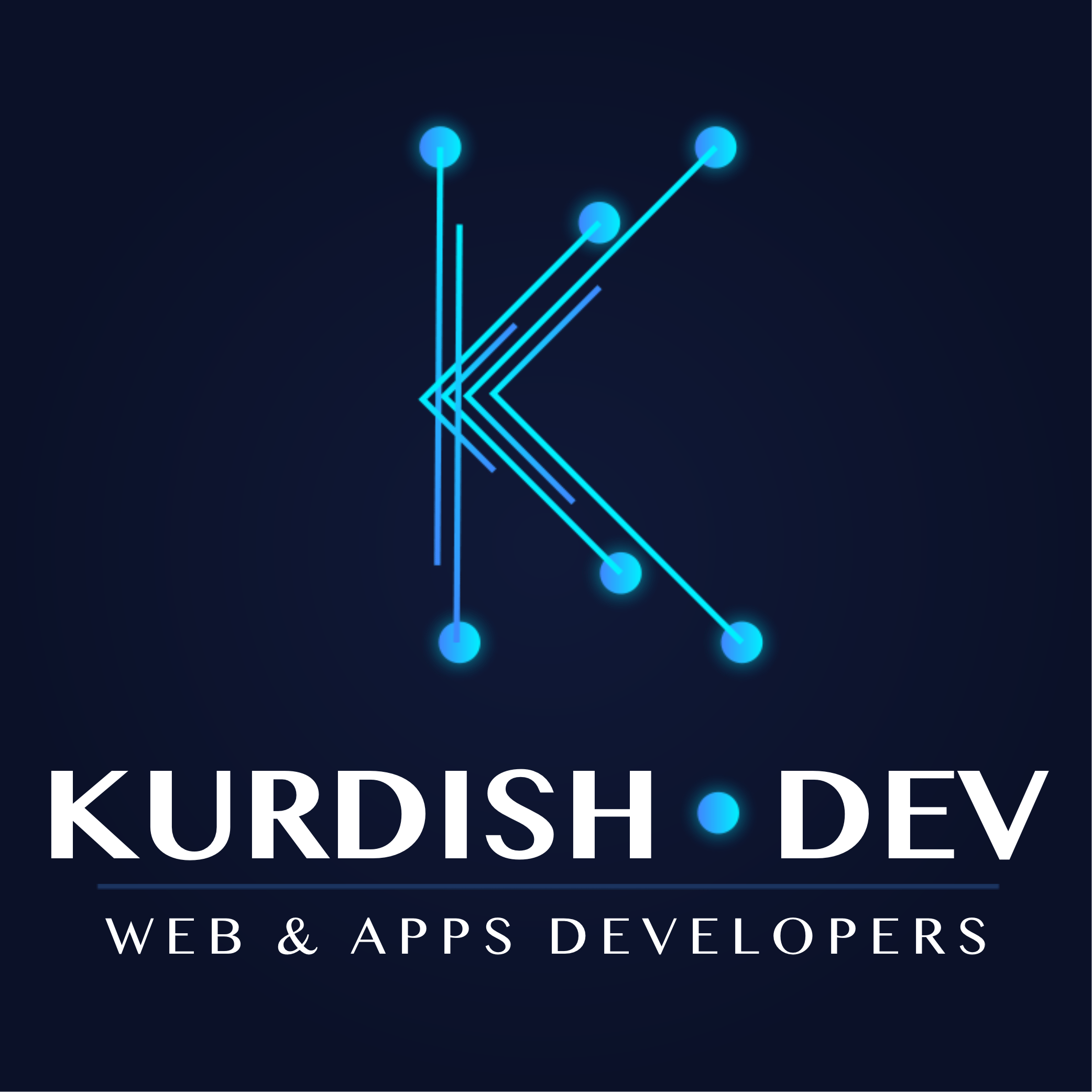KurdCoin Staking (KRDS)

Introducing
Like a lot of things in crypto, staking can be a complicated idea or a simple one depending on how many levels of understanding you want to unlock. For a lot of traders and investors, knowing that staking is a way of earning rewards for holding certain cryptocurrencies is the key takeaway. But even if you’re just looking to earn some staking rewards, it’s useful to understand at least a little bit about how and why it works the way it does.
How does staking work?
If a cryptocurrency you own allows staking you can “stake” some of your holdings and earn a percentage-rate reward over time. This usually happens via a “staking pool” which you can think of as being similar to an interest-bearing savings account.
The reason your crypto earns rewards while staked is because the blockchain puts it to work. Cryptocurrencies that allow staking use a “consensus mechanism” called Proof of Stake, which is the way they ensure that all transactions are verified and secured without a bank or payment processor in the middle. Your crypto, if you choose to stake it, becomes part of that process.
How does staking work?
If a cryptocurrency you own allows staking you can “stake” some of your holdings and earn a percentage-rate reward over time. This usually happens via a “staking pool” which you can think of as being similar to an interest-bearing savings account.
The reason your crypto earns rewards while staked is because the blockchain puts it to work. Cryptocurrencies that allow staking use a “consensus mechanism” called Proof of Stake, which is the way they ensure that all transactions are verified and secured without a bank or payment processor in the middle. Your crypto, if you choose to stake it, becomes part of that process.
Why do only some cryptocurrencies have staking?
This is where it starts to get more technical. Bitcoin, for instance, doesn’t allow staking. To understand why, you need a little bit of background.
- Cryptocurrencies are typically decentralized, meaning there is no central authority running the show. So how do all the computers in a decentralized network arrive at the correct answer without having it fed to them by a central authority like a bank or a credit-card company? They use a “consensus mechanism.”
- Many cryptocurrencies — including Bitcoin and Ethereum 1.0 — use a consensus mechanism called Proof of Work. Via Proof of Work, the network throws a huge amount of processing power at solving problems like validating transactions between strangers on opposite sides of the planet and making sure nobody is trying to spend the same money twice. Part of the process involves “miners” all over the world competing to be the first to solve a cryptographic puzzle. The winner earns the right to add the latest “block” of verified transactions onto the blockchain — and receives some crypto in return.
For a relatively simple blockchain like Bitcoin’s (which functions a lot like a bank’s ledger, tracking incoming and outgoing transactions) Proof of Work is a scalable solution. But for something more complex like Ethereum — which has a huge variety of applications including the whole world of DeFi running on top of the blockchain — Proof of Work can cause bottlenecks when there’s too much activity. As a result transaction times can be longer and fees can be higher.
What is Proof of Stake?
A newer consensus mechanism called Proof of Stake has emerged — with the idea of increasing speed and efficiency while lowering fees. A major way Proof of Stake reduces costs is by not requiring all those miners to churn through math problems, which is an energy-intensive process. Instead, transactions are validated by people who are literally invested in the blockchain via staking.
- Staking serves a similar function to mining, in that it’s the process by which a network participant gets selected to add the latest batch of transactions to the blockchain and earn some crypto in exchange.
- The exact implementations vary from project to project, but in essence, users put their tokens on the line for a chance to add a new block onto the blockchain in exchange for a reward. Their staked tokens act as a guarantee of the legitimacy of any new transaction they add to the blockchain.
- The network chooses validators (as they’re usually known) based on the size of their stake and the length of time they’ve held it. So the most invested participants are rewarded. If transactions in a new block are discovered to be invalid, users can have a certain amount of their stake burned by the network, in what is known as a slashing event.
What are the advantages of staking?
Many long-term crypto holders look at staking as a way of making their assets work for them by generating rewards, rather than collecting dust in their crypto wallets.
Staking has the added benefit of contributing to the security and efficiency of the blockchain projects you support. By staking some of your funds, you make the blockchain more resistant to attacks and strengthen its ability to process transactions. (Some projects also award “governance tokens” to staking participants, which give holders a say in future changes and upgrades to that protocol.)
What are some staking risks?
Staking often requires a lockup or “vesting” period, where your crypto can’t be transferred for a certain period of time. This can be a drawback, as you won’t be able to trade staked tokens during this period even if prices shift. Before staking, it is important to research the specific staking requirements and rules for each project you are looking to get involved with.
How do I start staking?
Staking is generally open to anyone who wants to participate. That said, becoming a full validator can require a substantial minimum investment (ETH2, for example, requires a minimum of 32 ETH), technical knowledge, and a dedicated computer that can perform validations day or night without downtime. Participating on this level comes with security considerations and is a serious obligation, as downtime can cause a validator’s stake to become slashed.
But for the vast majority of participants there’s a simpler way to participate. Via an exchange like KurdCoin Network, you can contribute an amount you can afford to a staking pool. This lowers the barrier to entry and allows investors to start earning rewards without having to operate their own validator hardware.

How do I buy KRD?
KurdCoin (KRD) now available to buy on Stellar Blockchain as KRDs Unique Crypto Currency registered, with the Total supply:10,999,743 with more than +9000 transactions done on Stellar Blockchain by Smart Contract, for more details click on this link KurdCoin on Stellar Blockchain
